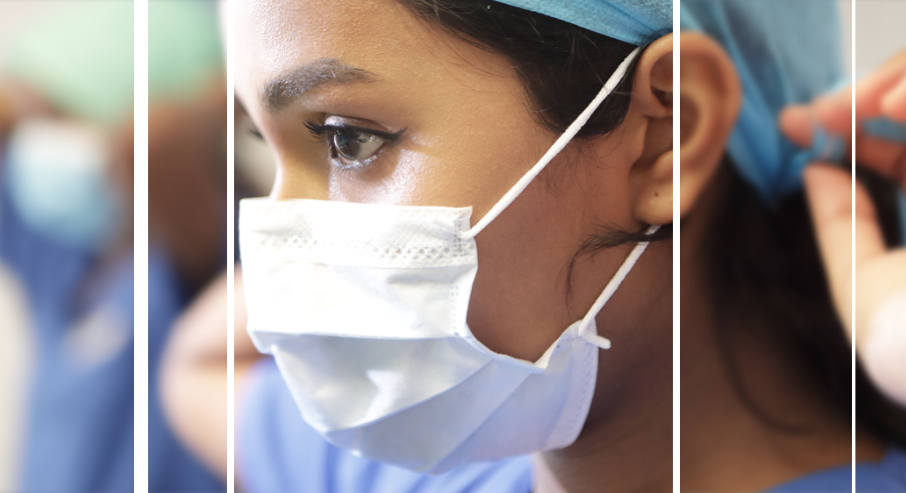
Before the COVID-19 outbreak healthcare services in the UK were already under severe strain. UK outpatient attendances are recorded and widely reported with the latest figures showing 63 per cent increase over the last decade reaching 123 million appointments in 2018-19.
In March 2020, one of the first responses to the Covid-19 pandemic was the postponement of elective treatment and the suspension of non-emergency work in outpatient clinics to free up capacity. As a result, a significant backlog of cases has built up, bringing with it anxiety and distress for patients along with an increased clinical risk and potentially worse health outcomes. Ultimately, this will result in not just increased demand on secondary care, but greater costs too.
For the NHS, its endeavour to reduce the backlog comes at a time when it still needs to sustain its efforts to treat patients with Covid-19. Although it has been described as contingency planning, organisations across the South East are now preparing for a worst case scenario of a peak over twice what we have seen so far. As part of these preparations there will be a continued requirement across secondary care for fewer people to attend hospitals, so clinicians are able to maximise their time and delivery of care.
This attempt to free up clinical care and healthcare resource, whilst maintaining consistent and safe care for all patients, presents a significant capacity challenge for the NHS. The NHS Long-term Plan said “over the next five years, every patient will have the right to online ‘digital’ GP consultations” and one of the few silver linings of the pandemic has been the increased patient acceptance and uptake of remote digital care.
The use of remote care during the pandemic has not remained in the domain of primary care, but also applied within secondary and tertiary care settings. The benefits of this uptake are multiplied when seen through the lens of the current capacity challenge facing the NHS.
Analysis carried out by Deloitte UK based on the benefits of population health management described in the NHS Long-term Plan found that technology-enabled hospital support could assist in avoiding up to a third of outpatient appointments. This would save some 30 million trips to hospital and over £1 billion a year in expenditure.
For these reasons, the seismic shift in adoption and perception of remote or virtual care driven by the Covid-19 pandemic should not only be maintained, but nurtured and advanced. Patients have found that the wider availability of this method of care has enhanced their healthcare experience and there is an expectation that this will continue.
For example, Capita’s Virtual Outpatients solution provides telephone-based outpatient appointments that can include (when appropriate) traceable video and photo content. It includes the ability to capture vital signs information such as respiratory rate, Sp02, blood pressure and blood sugar levels as well as medical history such as special patient notes.
Telephone outpatient appointments reduce dependencies on the physical infrastructure within a hospital, as well as reducing DNA (Did Not Attend) rates and improving both patient and clinician satisfaction with the experience. Research published in August 2018 found that this, in turn could enable greater flexibility and efficiency by eliminating waste within the overall outpatient process.
Using technology such as this can help the NHS reduce its backlog of elective treatment. Furthermore, it could significantly contribute to freeing up capacity should any system reconfiguration be necessary to meet further increases in demand that result from a resurgence of pandemic conditions.
Going forward the use of appropriate technology to provide clinically robust, accurate and traceable follow-up care is crucial to keeping the nation healthy.
If you would like to speak to an expert, you can contact us here



